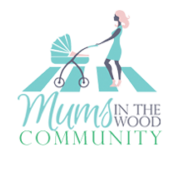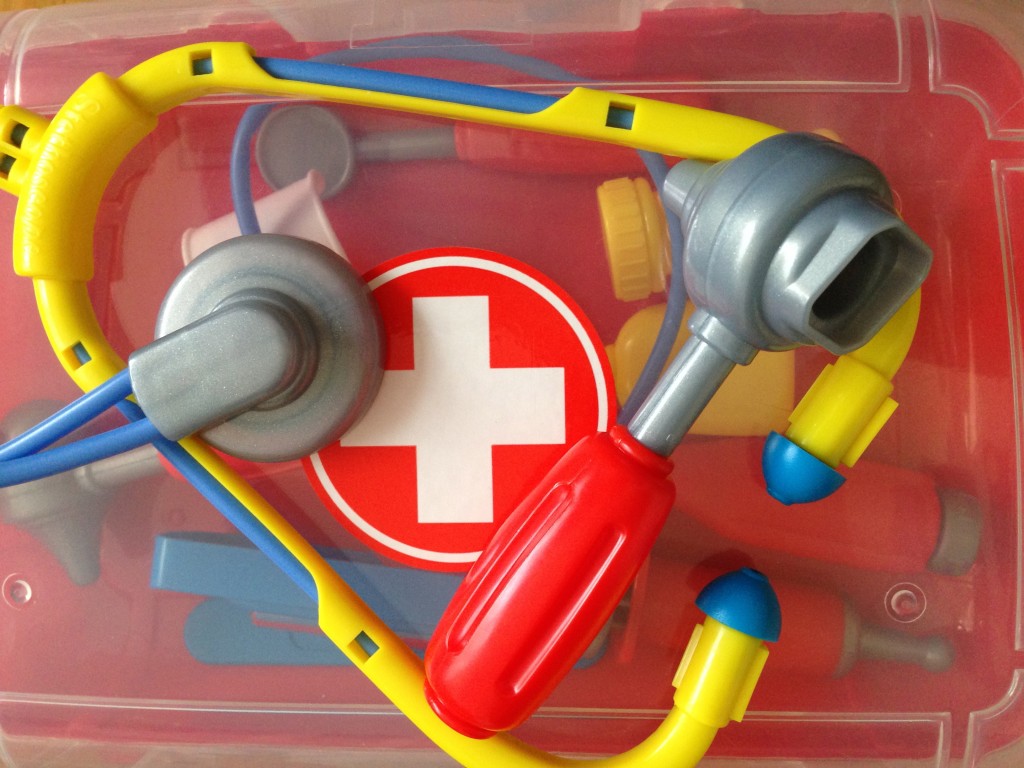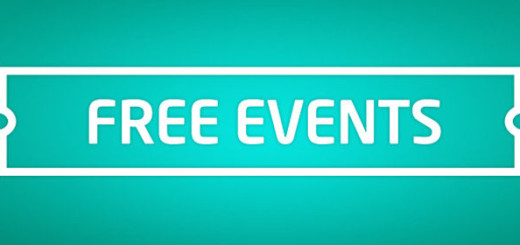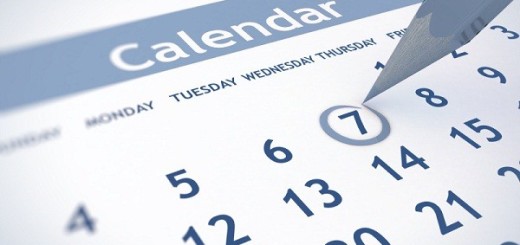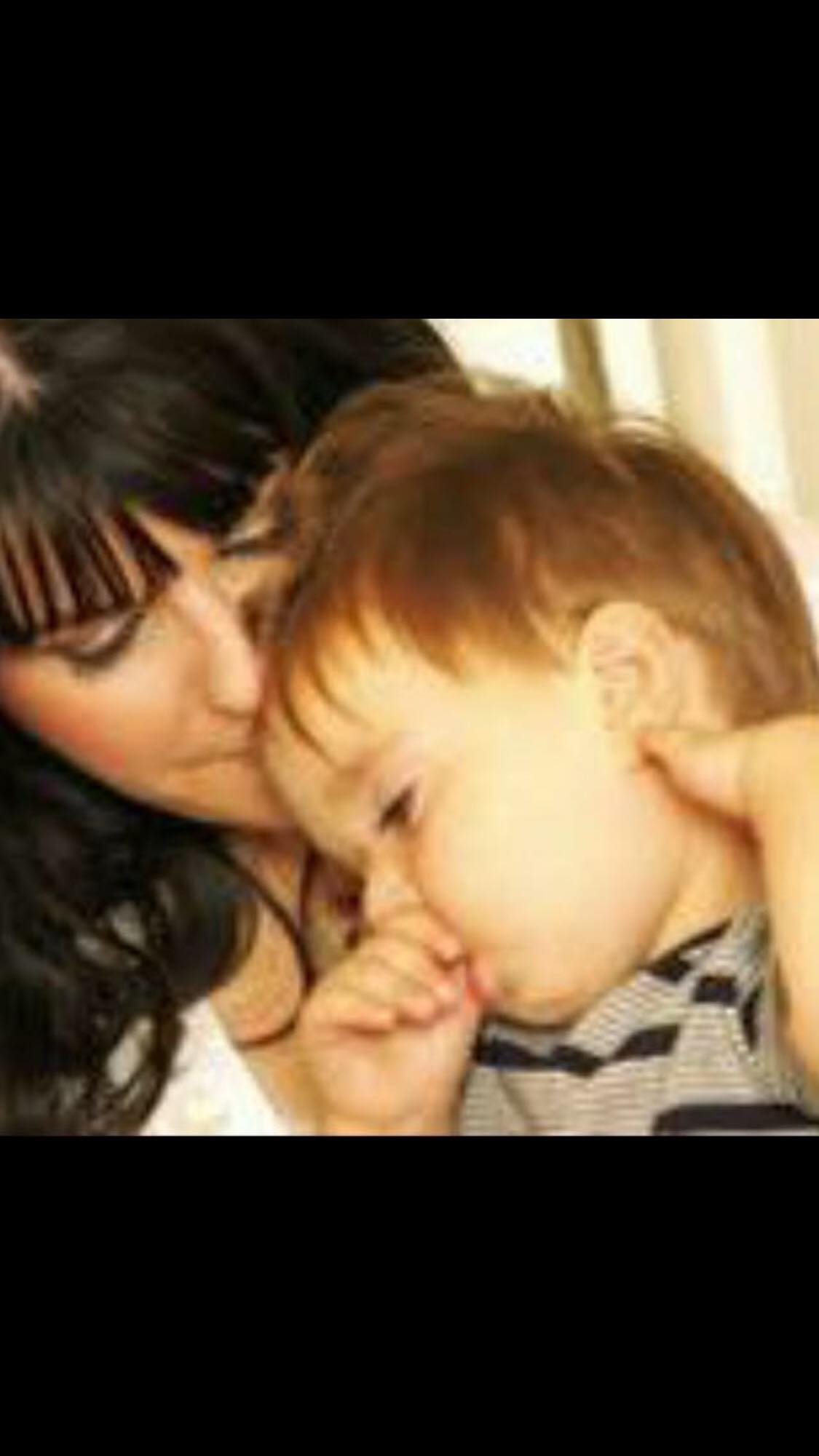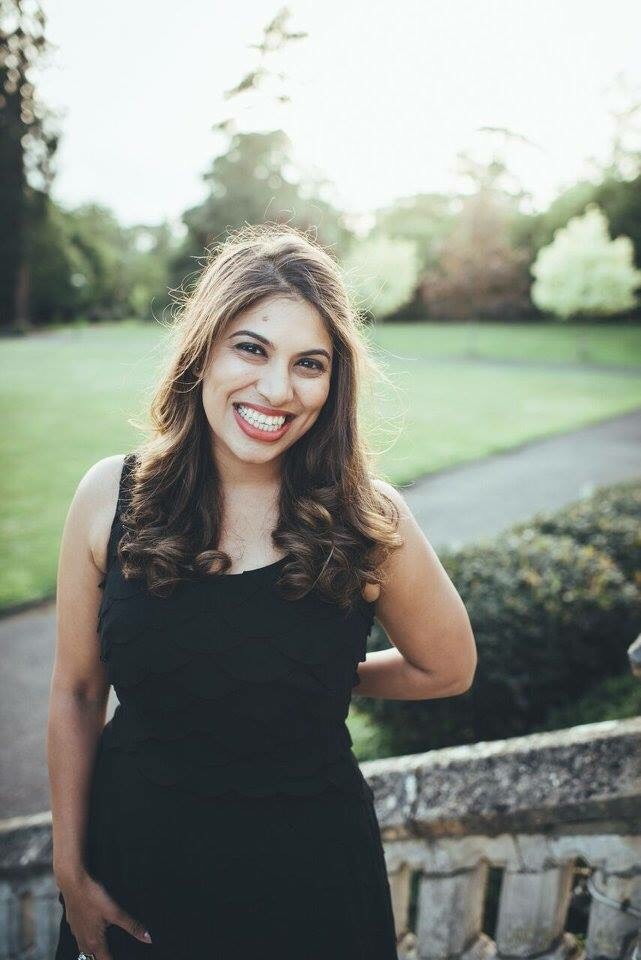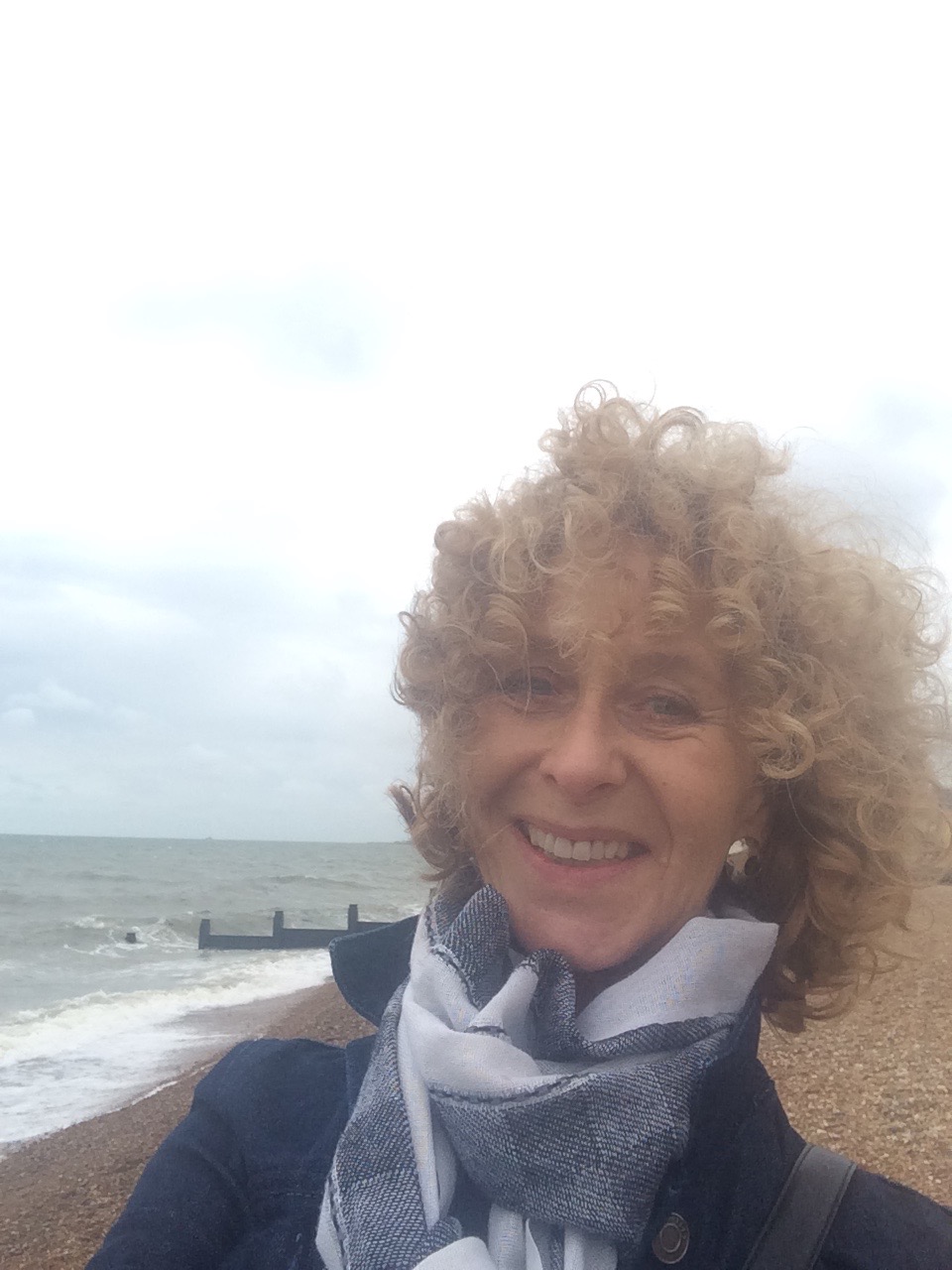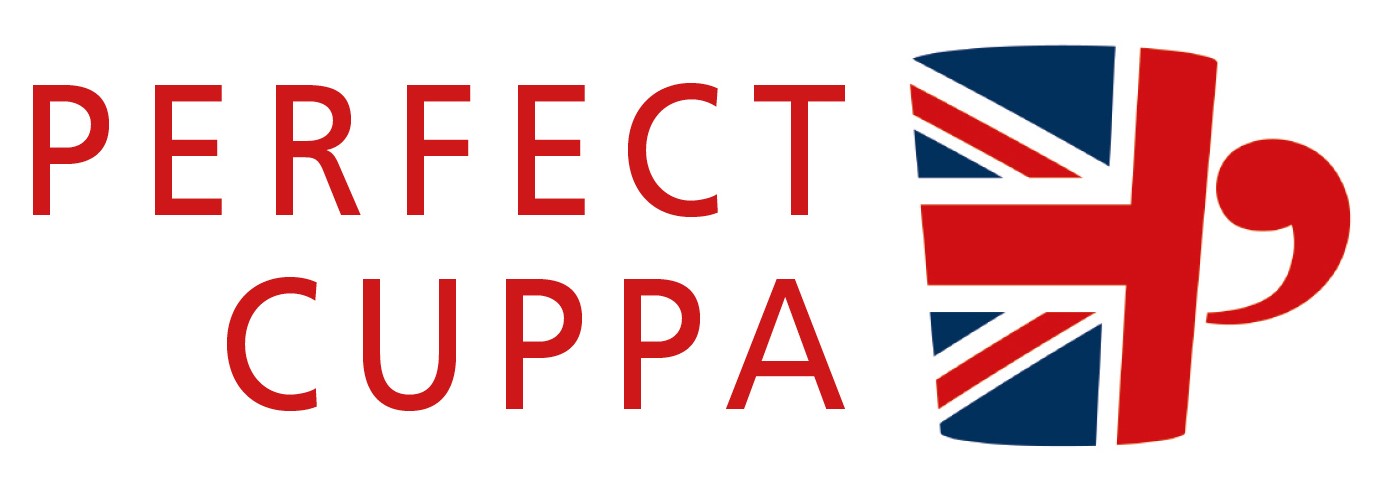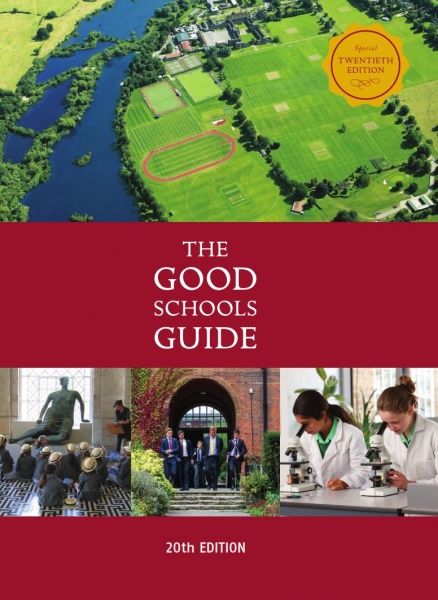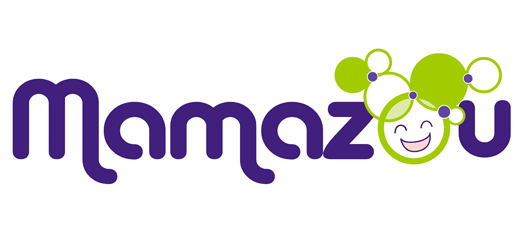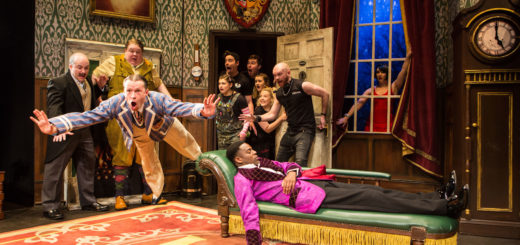What to do in an emergency
These helpful hints have been taken directly from the St John Ambulance booklet. Please note that I am not a medical nor healthcare professional. Please dial 999 in an emergency.
As per the booklet, in an emergency,
- Try to stay calm and think clearly
- Identify the problem
- Follow the instructions
- Dial 999 or 112 and monitor the casualty
CHOKING
For babies and toddlers:
- Slap it out
- Lay the baby face down on your forearm supporting the body and the chin
- Give up to 5 back blows between their shoulder blades with the heel of your hand
- Check in the mouth for any obstruction and remove. DO NOT feel blindly down the throat.
- Pump it out
- If the obstruction has not cleared, turn the baby on their back
- Place two fingers on the centre of the infant’s chest and push inwards and upwards sharply against the infant’s breastbone
- Check mouth for any obstruction and remove
- Repeat steps 2 and 3 up to five times
- If obstruction has not cleared, repeat back slaps and thrusts up to three times
- If it still has not cleared, call 999 or 112 for emergency help. Continue until help arrives.
For older children and adults:
- Cough it out
- Encourage the person to cough. If this doesn’t clear the obstruction, support their upper body with one hand and help them lean forward
- Slap it out
- Bend forwards and give up to five sharp back blows between their shoulder blades with the heel of your hand
- Squeeze it out
- If the obstruction has not cleared, stand behind them and put both arms around the upper part of the abdomen
- Clench your fist and place it between the navel and the bottom of their breastbone
- Grasp your fist firmly with the other hand
- Pull sharply inwards and upwards up to five times as necessary
- If this doesn’t clear the obstruction, repeat back slaps and abdominal thrusts up to three times
- If it still has not cleared, call 999 or 112 for emergency help. Continue until help arrives.
RECOVERY POSITION
For babies and toddlers:
- Cradle infant in your arms with head tilted downwards.
- Monitor and record level of response, pulse and breathing until help arrives.
For older children and adults:
- Roll person onto their side
- Lift chin forward to open airway and move hand under cheek as necessary
- Check the casualty cannot roll forwards or backwards
- Monitor and record level of response, breathing and pulse until help arrives
If someone is unconscious,
- Open the airway – check that their airway is open and clear
- Tilt head – Tilt their head and lift their chin to open the airway
- Check for breathing – look along their chest and listen and feel for breaths
- Recovery position – If spinal injury is not suspected, put them in the recovery position
WHEN A BABY HAS STOPPED BREATHING
- Open airway – If they are unconscious, check that the airway is open and clear
- Tilt head – Tilt their head and lift their chin to open their airway
- Check for breathing –
a) Look along their chest and listen and feel for breaths for 10 seconds
b) If they are not breathing, their heart will stop. The following procedure, (CPR) must be started immediately. - Call for help 999 or 112 and ask for an ambulance
CPR/BREATHE
- Place baby on a firm surface
- Tilt their head backwards with one hand and lift their chin with two fingers of your other hand to ensure their airway is open
- Take a breath and make a seal with your mouth over the baby’s mouth and nose. Blow until you see the chest rise, taking care not to over inflate the chest.
- Maintaining the head tilt and chin lift, take your mouth away from theirs. Look along their chest and watch it fall.
- Repeat to give five rescue breaths.
- Pump –
a) Place two fingers on the centre of their chest
b) Press down sharply to one third the depth of the chest. Release the pressure but don’t remove your hands
c) Give 30 compressions at a rate of 100 per minute. - Continue –
a) Repeat 30 chest compressions followed by two rescue breaths
b) Continue CPR until emergency help arrives, they start to breathe normally or you are too exhausted to continue
IF YOU ARE ON YOUR OWN with the baby, give one minute of CPR before leaving to call the ambulance. When you return, continue with CPR.
WHEN A CHILD HAS STOPPED BREATHING
- Open airway – If they are unconscious, check that the airway is open and clear
- Tilt head – Tilt their head and lift their chin to open their airway
- Check for breathing –
a) Look along their chest and listen and feel for breaths
b) If they are not breathing, their heart will stop. The following procedure, (CPR) must be started immediately. - Call for help 999 or 112 and ask for an ambulance
CPR/BREATHE
- Tilt their head back with one hand and lift their chin with two fingers of your other hand to ensure their airway is open
- Pinch their nose to close their nostrils
- Take a breath and seal your lips over their mouth until their chest rises
- Maintaining the head tilt and chin lift, take your mouth away from theirs. Look along their chest and watch it fall.
- Repeat to give five rescue breaths.
- Pump –
a) Place one hand on the centre of their chest
b) Lean directly over their chest and press down vertically to one third the depth of the chest. Release the pressure but don’t remove your hands
c) Give 30 compressions at a rate of 100 per minute. - Continue –
a) Repeat 30 chest compressions followed by two rescue breaths
b) Continue CPR until emergency help arrives, they start to breathe normally or you are too exhausted to continue
IF YOU ARE ON YOUR OWN with the baby, give one minute of CPR before leaving to call the ambulance. When you return, continue with CPR.
WHEN AN ADULT HAS STOPPED BREATHING
- Open airway – If they are unconscious, check that the airway is open and clear
- Tilt head – Tilt their head and lift their chin to open their airway
- Check for breathing –
a) Look along their chest and listen and feel for breaths
b) If they are not breathing, their heart will stop. The following procedure, (CPR) must be started immediately. - Call for help 999 or 112 and ask for an ambulance
CPR/BREATHE
- Pump –
a) Place one hand on the centre of their chest
b) Place the heel of your other hand on top of the first and interlock your fingers, keeping your fingers off their ribs
c) Lean directly over their chest and press down vertically about 4-5 cm (1 1/2 -2 inches). Release the pressure but don’t remove your hands
d) Give 30 compressions at a rate of 100 per minute. - Breathe –
a) Tilt their head back with one hand and lift their chin with two fingers of your other hand to ensure their airway is open
b) Pinch their nose to close their nostrils
c) Take a breath and seal your lips over their mouth and breathe out until their chest rises
d) Maintaining the head tilt and chin lift, take your mouth away from theirs. Look along their chest and watch it fall.
e) Repeat to give two rescue breaths. Repeat 30 chest compressions followed by two rescue breaths - Continue – Continue CPR until emergency help arrives, they start to breathe normally or you are too exhausted to continue
IF YOU ARE ON YOUR OWN with the baby, give one minute of CPR before leaving to call the ambulance. When you return, continue with CPR.
WHEN SOMEONE IS BLEEDING SEVERELY
- PRESS IT –
a) Apply direct pressure over the wound with your hand using a clean dressing and wear gloves if available.
b) If you don’t have a dressing, ask the person to apply pressure themselves
c) Where possible, maintain direct pressure on the wound to control bleeding - RAISE IT –
a) Help them lie down
b) If possible, raise and support the injured limb above the level of their heart to reduce blood loss
c) Raise their legs to ease shock - CALL FOR HELP –
Call 999 0r 112 and monitor the casualty while waiting for help to arrive
WHEN SOMEONE IS HAVING A HEART ATTACK
- Sit them down – Make the person as comfortable as possible – a half sitting position with their knees bent and head and shoulders supported is best
- Call for help – Call 999 0r 112 for emergency help and tell ambulance control you suspect a heart attack
- Asprin –
a) If available and the person is over 16 and not allergic, give them asprin (300mg) and tell them to chew it slowly
b) Monitor and reassure them till help arrives.
